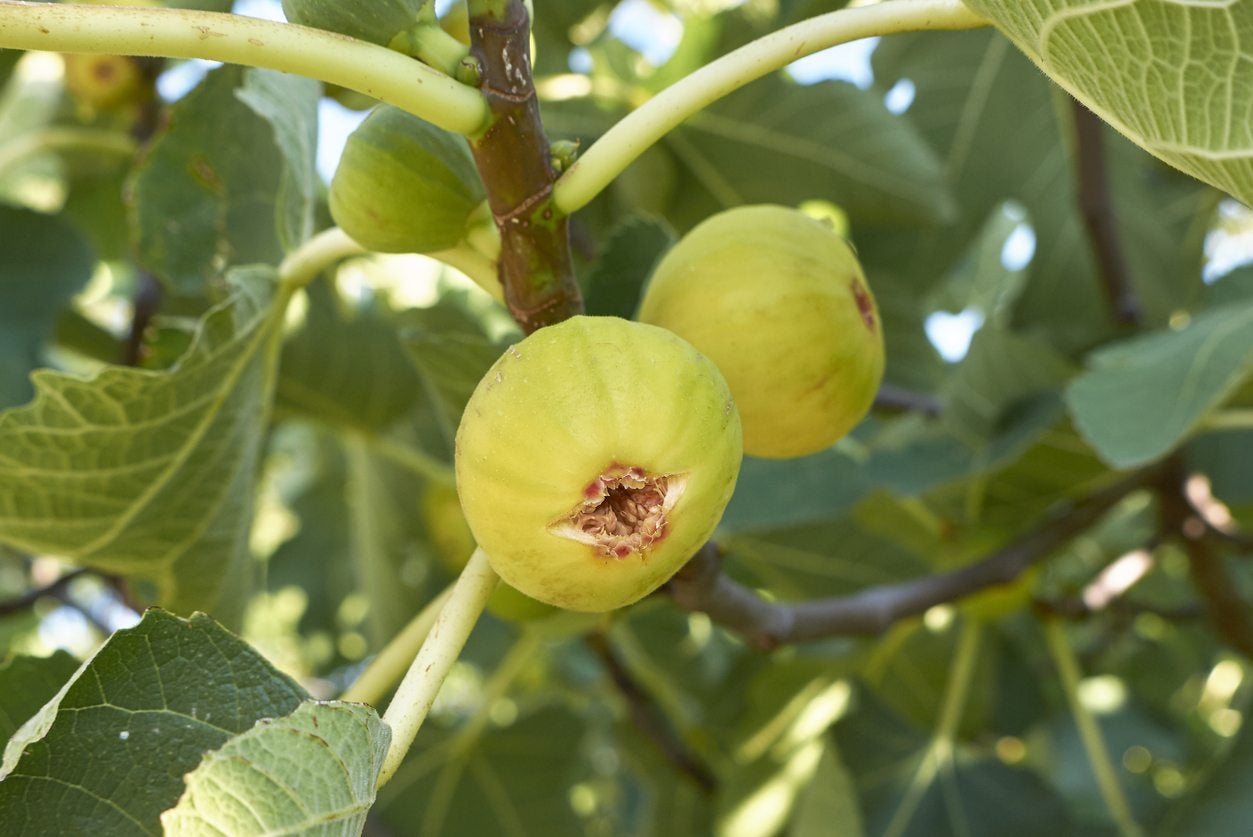Fig Tree Borer Treatment: Learn How To Manage Fig Borers


Figs are beautiful additions to your edible landscape, with their big, shapely leaves and umbrella-like form. The fruit these amazing and tough plants produce is just icing on the cake that is the fig tree. Although they’re generally pretty easy to grow, there are a few difficult problems that fig growers can come across. One, in particular, fig tree borers, have left many a fig owner frustrated and frazzled.
About Fig Tree Insect Pests
Among common pest insects of figs, the fig borers (family Ceramycidae) are unquestionably the most annoying and frustrating to manage. These long-horned beetles lay their eggs under the fig bark near the base of the trunk in early summer, giving their larvae plenty of time to develop before cooler temperatures set in. At about two weeks old, the white grub-like larvae will begin to bore into the wood of infected figs, where they quickly take up residence. These trees will house the larvae anywhere from a few months to several years, depending on the species, as the young beetles continue to hollow the fig out. Controlling borers in fig trees is complicated since the tree itself protects the larvae throughout most of their life cycle. If your tree is small and the infection limited, you may be able to protect it by removing infected wood entirely, but if you choose to go this route, you’ll want to immediately install a protective net to prevent adult borers from laying eggs on the wound. Fig tree borer treatment isn’t as simple as spraying the tree and watching the pests disappear. In fact, the damage that’s already done is often irreparable, causing sections of your fig to weaken or die. Your best bet is to prevent fig tree borers by keeping your plant healthy and enclosing the base of the tree with a ring of fine mesh netting about 2 inches (5 cm.) away from the bark. This will prevent adults from depositing their eggs and can break the insect’s life cycle if you are vigilant. In addition, it can help thin or destroy breeding populations if you watch closely for adults to emerge and destroy them on sight. They will chew leaves and fruit, making them as much of a nuisance as their offspring. If your fig tree becomes too weak or heavily infested, you may have to make the difficult decision to destroy it. Complete removal of the plant from the landscape and quick containment of the larvae is a must to prevent infestations in future trees. Burn or double bag debris if you can’t dispose of it right away.
Sign up for the Gardening Know How newsletter today and receive a free copy of our e-book "How to Grow Delicious Tomatoes".

Kristi Waterworth was a regular contributor to Gardening Know How for many years, answering countless queries on plant pests and diseases.